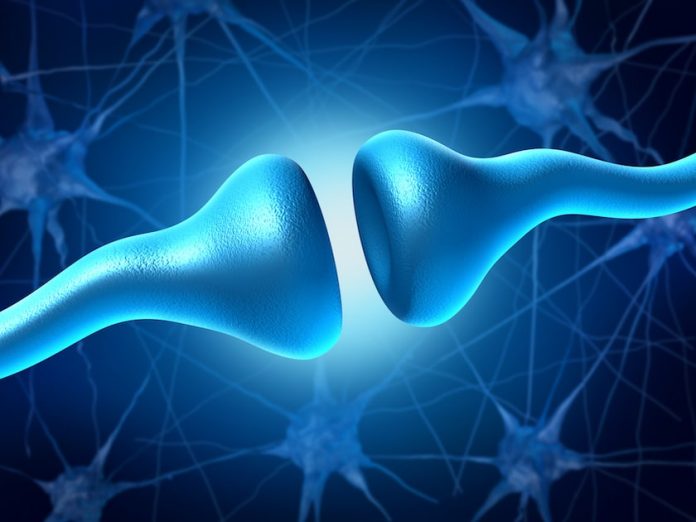
If you thought the nervous, cardiovascular, endocrine, respiratory, or lymphatic systems were the most important ones in the body, you may face some opposition. Some experts say that the endocannabinoid system is the “most important physiologic system involved in establishing and maintaining human health.” In case you haven’t heard of the endocannabinoid system, it is a late-comer to the field of human physiology, having been discovered in 1988. And it is pretty darn important.
For one thing, the goal of the endocannabinoid system is to maintain a stable internal environment while contending with the assaults and fluctuations going on in the external environment. That state of harmony is known as homeostasis.
Chemical compounds called cannabinoids circulate throughout the body and bind with the same cannabinoid receptor sites as does THC (delta-9-tetrahydrocannabinol), the psychoactive ingredient in marijuana. Unlike THC, however, endocannabinoids do not trigger this effect. Instead, they work to keep the body in balance. More specifically, the entire endocannabinoid system acts as a balancing bridge between the mind and the body and therefore is an integral part of human health.
Read about cannabinoids the miracle compounds behind cannabis
Introducing cannabinoid receptors
Cannabinoid receptors are substances found in cell membranes which, when stimulated by endocannabinoids, cause various physiological processes to occur. The two main types of cannabinoid receptors are CB1, which is found mainly in the connective tissues, nervous system, glands, gonads, and organs; and CB2, which are primarily in the immune system and related structures. Anandamide and 2-arachidonoylglycerol are the two primary endocannabinoids made by the body.
What the endocannabinoid system does
The endocannabinoid system was discovered by scientists while they were studying the impact of marijuana on the body. In addition to identifying THC as an active ingredient in cannabis, they also learned how and where it effects the brain. They named the system the endocannabinoid system, which plays a major role in mood, memory, brain reward systems, metabolic processes (e.g., glucose metabolism, energy balance, lipolysis), and drug addiction. It also is involved in regulating the secretion of hormones that are related to reproduction and stress response.
Read about is medical marijuana contaminated
Brain cells communicate with each other and the body by sending messages across a gap (synapse) between each other. These signals attach to receptors on postsynaptic cell, which in turn triggers actions that send the message along.
The endocannabinoid system communicates in a different way. The cannabinoids act on presynaptic cells by limiting how much chemicals they release. In this way, cannabinoids control the activity of brain cells and thus how people move, react, and feel.
Therefore, the endocannabinoid system is an essential player in our overall health and well-being. Our exploration into all that it can do is not yet over. Stay tuned for more exciting discoveries!
[Editor's Note: Our sponsor Emerald Health Bioceuticals has a full range of supplements that work with both the CB1 and CB2 receptors, are non-cannabis based and a great alternative for those who can't use CBD.]
Sources
Griffing GT. Endocannabinoid system. Medscape 2018 Jan 26
Komorowski J, Stepien H. The role of the endocannabinoid system in the regulation of endocrine function and in the control of energy balance in humans. Postepy Hig Med Dosw 2007; 61:99-105




